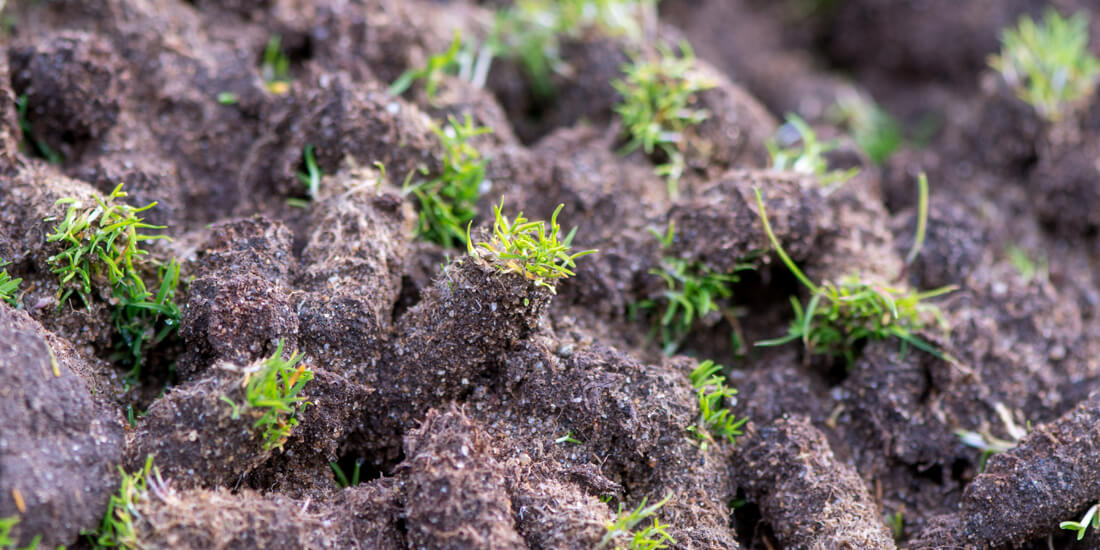How to aerate a lawn

Air pores in your soil help water move more freely, allowing the flow of nutrients and oxygen in the air to aid root respiration. When you aerate your lawn, you are essentially helping your lawn 'breathe'. So, keep reading for our helpful tips on how to aerate a lawn!
If you have heavy or compacted soil, it is helpful to aerate your soil, not only will this help your grass grow and prevents water-logging and moss build up it will also allow the circulation of nutrients to keep your lawn in good general health.
How to aerate a lawn
Have you ever wondered what you can do to improve the look and health of your garden lawn? Aeration is an easy process that can boos the health of your grass and is often a good piece of prep work to help revive your grass after winter.
For a small to medium sized lawn
If your lawn is small to medium sized you may use the spiking, slitting or coring method.
How to aerate a lawn with a garden fork
- Avoid aerating in very dry or very wet conditions.
- Firmly spike the surface down to at least 30mm
- Move the fork back and forward a little, then pull out.
- This cracks the soil a little and creates a hole in the soil to allow air in.
Doing this during the spring and autumn season has a good effect on the lawn.
How to aerate a lawn with a slitter
A slitter is a series of blades on a roller and both push types or automated versions can be used. These impact a greater area and are often quicker to use but may not be consistent in depth across the lawn.
- Avoid aerating in very dry or very wet conditions.
- Roll the slitter across your turf
For a large lawn
How to aerate with a corer
For large areas and heavily compacted soil, the best option is to hire a machine, a corer, that will remove plugs of soil, usually 2 or 3 inches. These take a core of soil out of the ground which is usually only when the soil needs better aeration and drainage. The holes can be filled (topdressed) with sand to help water pass through the soil.
This method is typically used by groundsmen who need to improve their soil profile, so if you're not confident you can carry the work out you may wish to hire a professional.
However, if you have any questions about your lawn or would like to discuss potential fixes for issues your garden may be facing, please drop us an email and we will be happy to help.